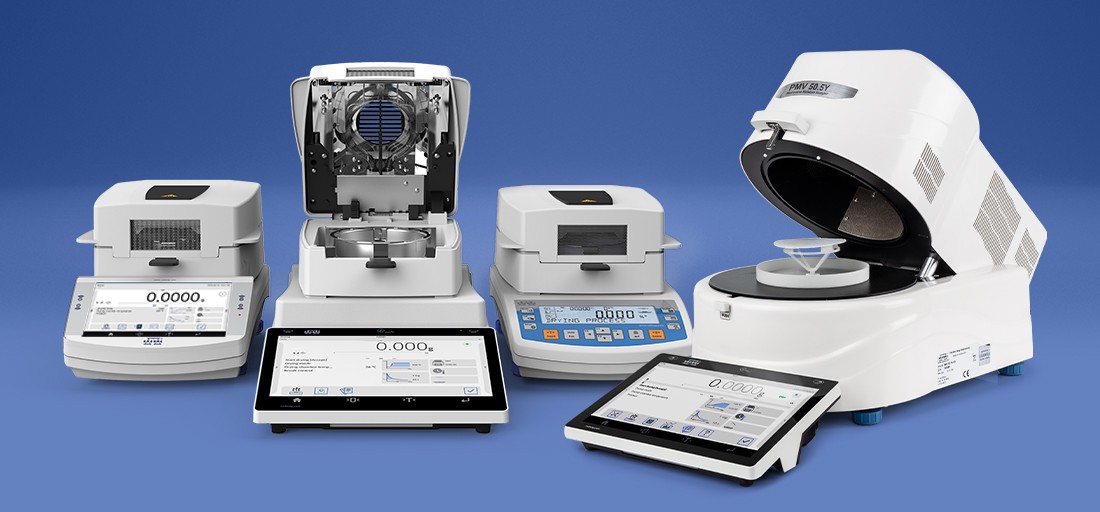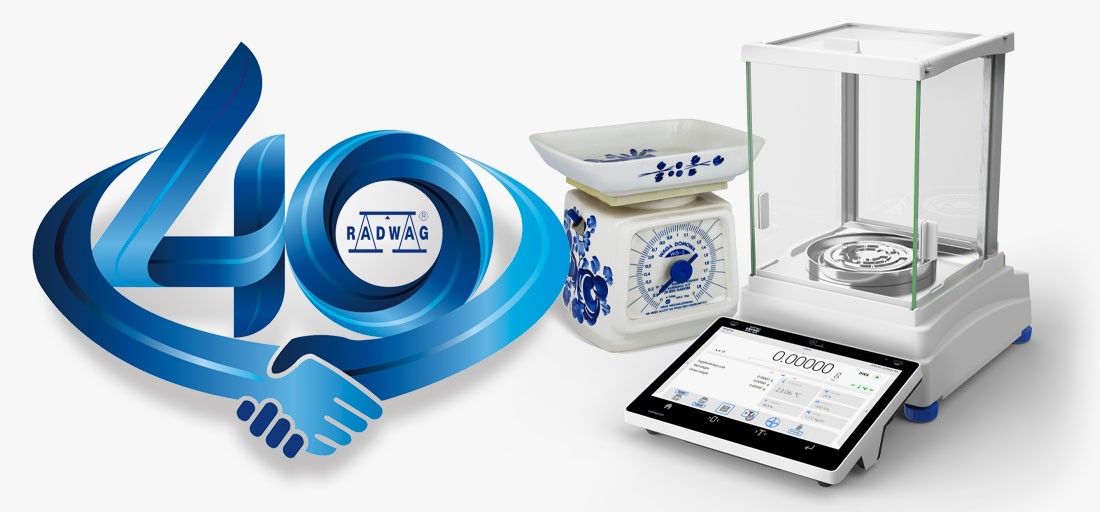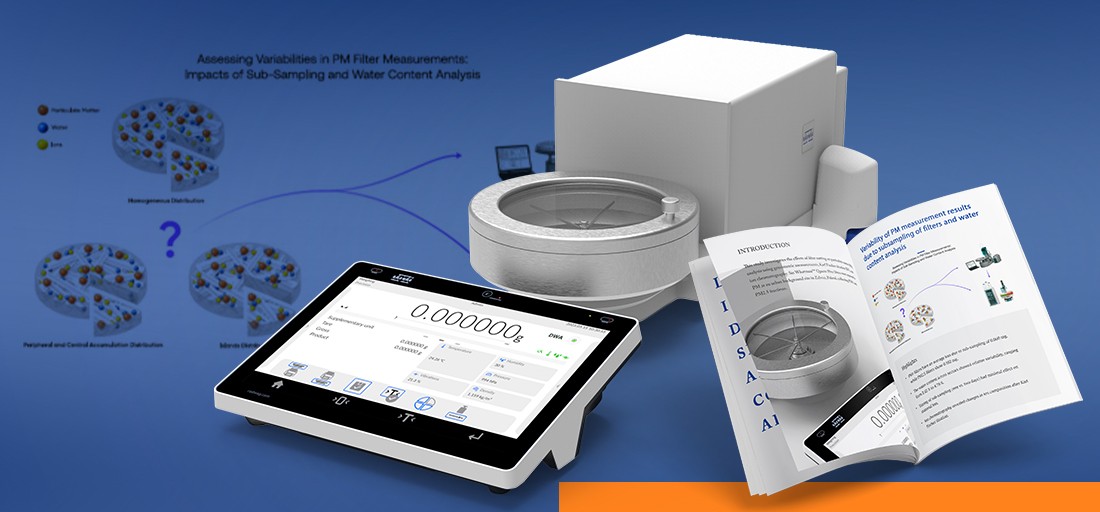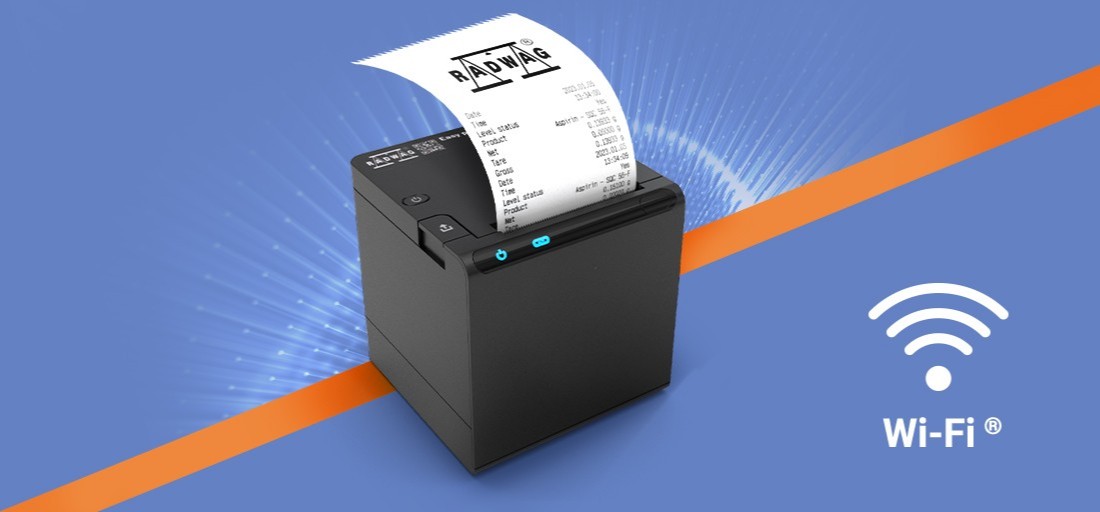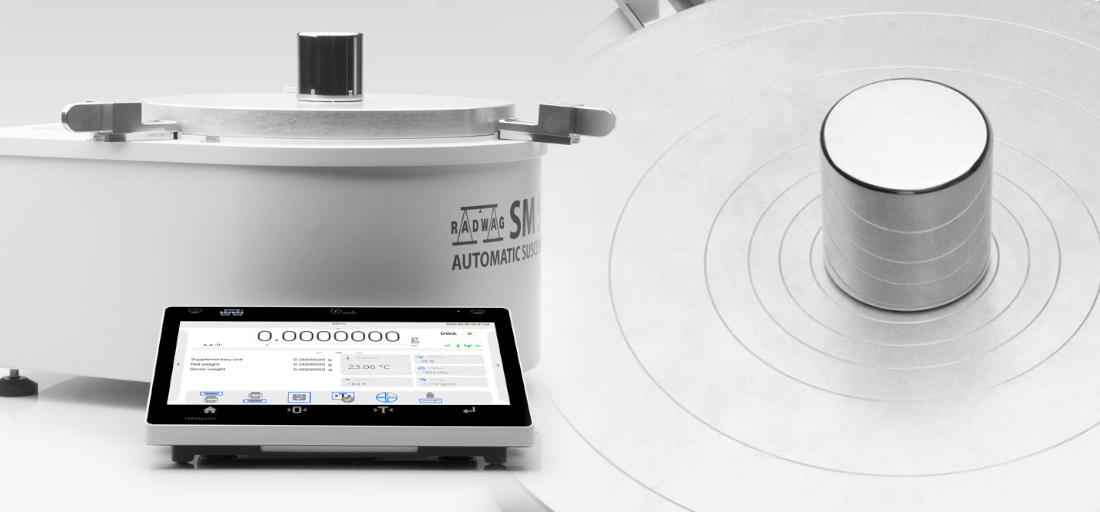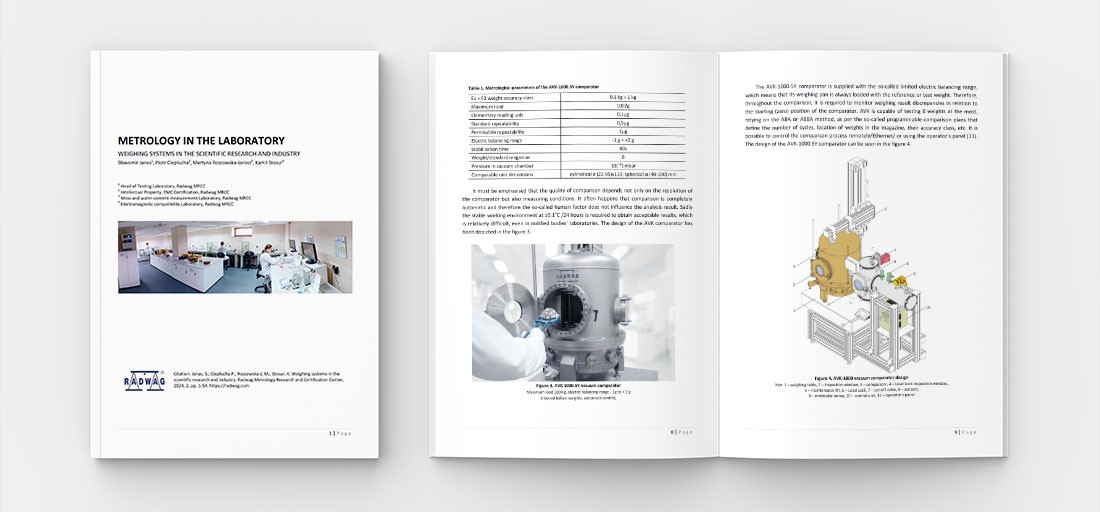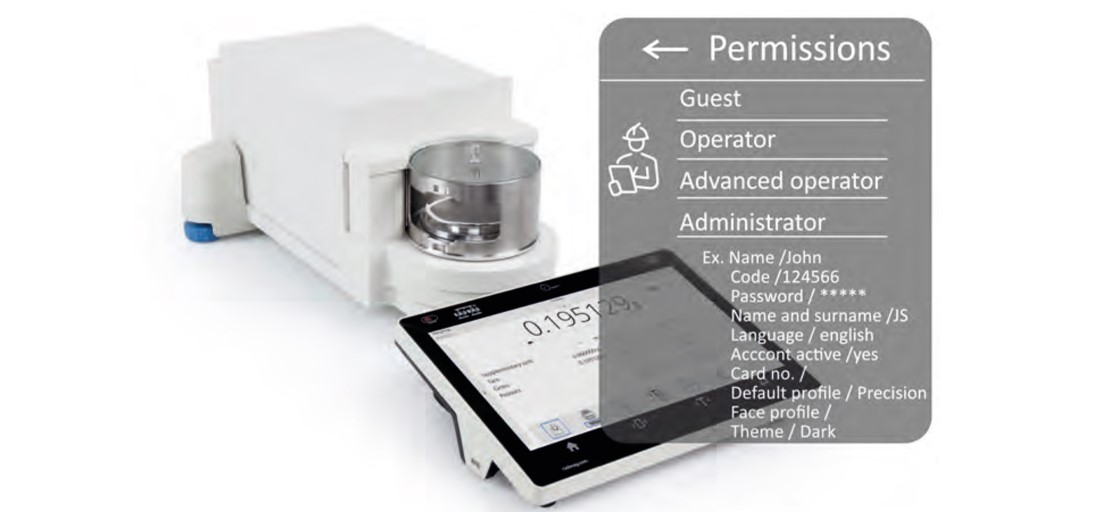This Is What We Do at the RADWAG Measurement Laboratory: Calibration of Electronic Balances

Part of RADWAG’s organizational structure is the Center for Metrology, Testing and Certification. Its task is to provide measurement consistency and knowledge and services in the field of metrology and laboratory management system.
The Center for Metrology, Testing and Certification consists of:
- Measurement Laboratory,
- Testing Laboratory,
- Training Team,
- Validation Team.
RADWAG Measurement Laboratory – accreditation

RADWAG Measurement Laboratory, as a calibration laboratory, is accredited by the Polish Center for Accreditation in such fields as:
1. weight:
- non-automatic electronic balances,
- automatic balances for single loads,
- weight standards and weights of various accuracy classes and weights;
2. volume:
- piston pipettes.
RADWAG Measurement Laboratory received this accreditation because it meets the requirements of ISO 17025. Our accreditation is AP 069.
How does the RADWAG Measurement Laboratory work?
RADWAG Measurement Laboratory provides calibration service for balances:
- new and user-operated balances,
- produced by RADWAG and other manufacturers.
Calibration of balances is carried out by the Laboratory in the place of installation of balances, in the place indicated by the user or in the Laboratory’s headquarters. The Laboratory recommends calibration of ultra-micro balances, microbalances and analytical balances in the conditions of use – this way the obtained measurement results will reflect the real measurements, and you will avoid errors resulting from, among other things, packaging of the device and transporting it.
RADWAG Measurement Laboratory calibrates non-automatic electronic balances in accordance with PN-EN 45501 standard.
What does calibration of non-automatic electronic balances consist in?
.png)
Calibration of a balance consists in:
- determination of indication error by placing the weight standard on the pan at 5 measurement points: minimum weight, 1/4, 1/2 and 3/4 load and at maximum load or at points indicated by the user (some users will not use certain loads, so standard calibration is not necessary for them),
- determination of the error due to off-center loading of the balance by placing the weight standard on the pan at 5 measurement points: the central one as a reference and at 4 corners (the test is performed at 1/3 of the maximum load),
- determination of repeatability, which involves placing a specific mass on the pan several times and determining the standard deviation,
- determination of indication error at TARA load (optional).
The balance after the calibration procedure receives a calibration certificate.


